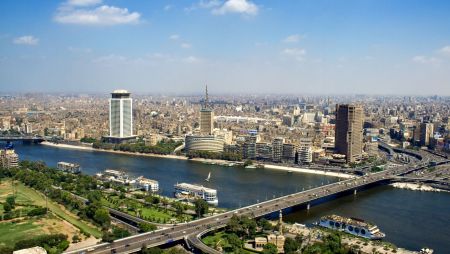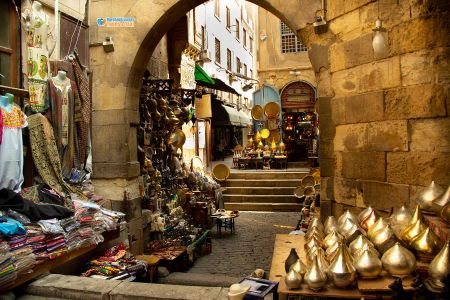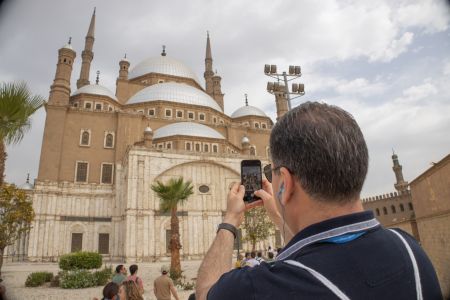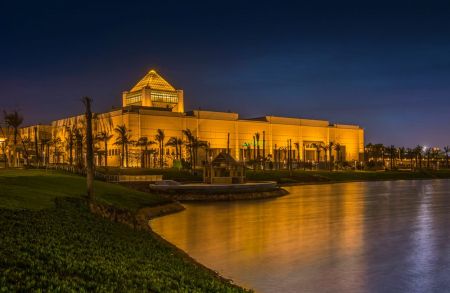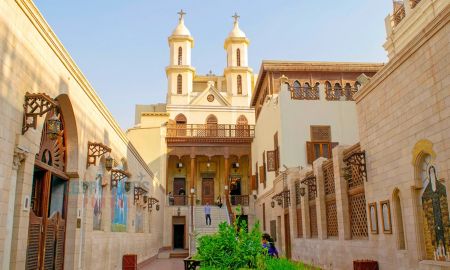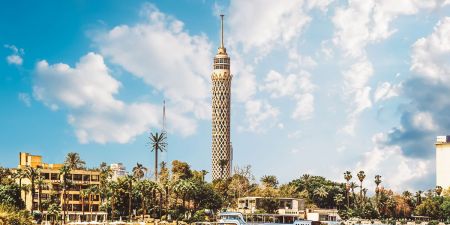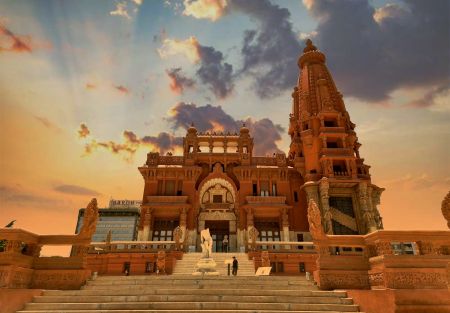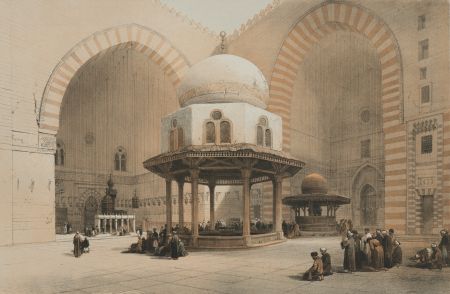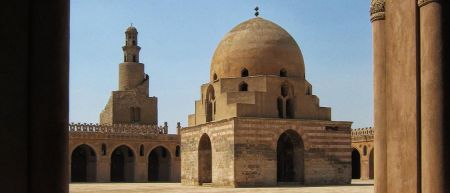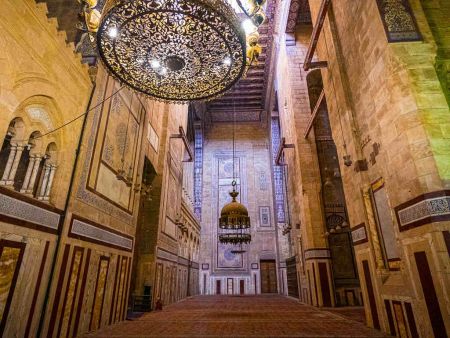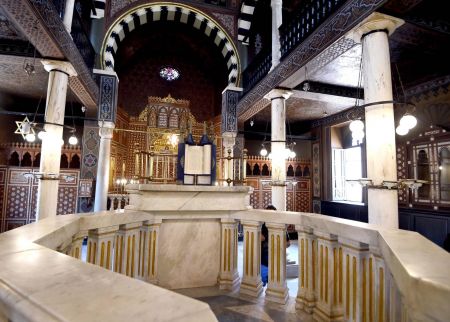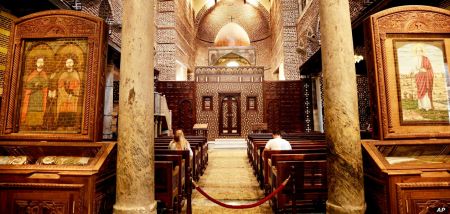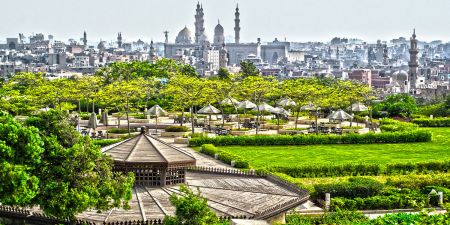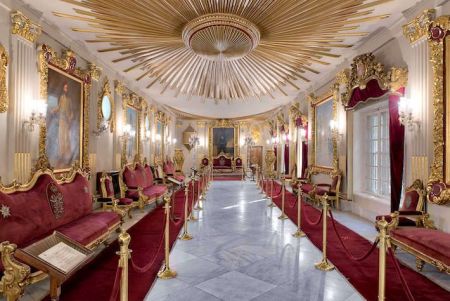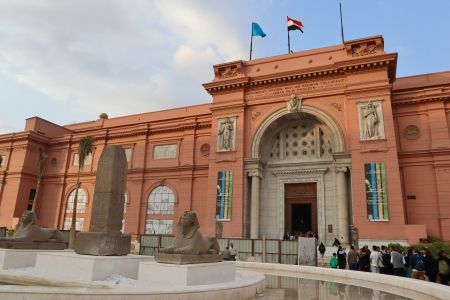Salah El Din Citadel: Cairo’s Legendary Fortress of Power and Legacy
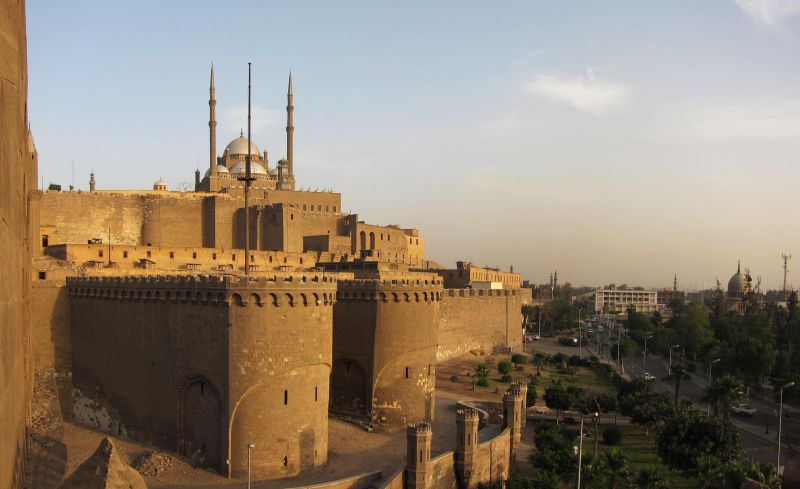
Towering above the city on Mokattam Hill, the Salah El Din Citadel (also known as the Cairo Citadel) stands as one of Egypt’s most iconic historical monuments. Built in the 12th century by the legendary Muslim leader Salah El Din (Saladin), this colossal fortress has witnessed centuries of power, revolution, and architectural brilliance. Once the seat of Egypt’s rulers for over 700 years, the citadel blends military strategy with stunning Islamic artistry, offering visitors sweeping panoramic views of Cairo and a deep dive into Egypt’s medieval Islamic heritage.
The Salah El Din Citadel was constructed as a defensive stronghold against Crusader invasions. Over time, it evolved into a royal residence, administrative capital, and cultural epicenter. Its vast complex includes majestic mosques, historic palaces, military museums, and lush gardens. Most famously, the Citadel is home to the magnificent Mosque of Muhammad Ali—one of Cairo’s most recognized landmarks with its alabaster walls and Ottoman-style minarets.
For anyone exploring Islamic Cairo, the Salah El Din Citadel is a must-visit destination. It's a physical and symbolic high point where history, architecture, and power converge.
The Historical Roots of the Salah El Din Citadel
The Vision of Salah El Din
The Citadel was founded in 1176 by Salah El Din Al-Ayyubi, the Kurdish commander who rose to become Sultan of Egypt and Syria. Concerned about the Crusader threat from the Mediterranean coast, he ordered the construction of a massive fortress to defend Cairo from attacks. Inspired by fortresses in Syria and Lebanon, the Salah El Din Citadel’s thick stone walls, watchtowers, and strategic hilltop location made it nearly impregnable.
Though Salah El Din did not live to see its completion, his successors finished the project, turning it into a cornerstone of Egyptian defense and administration for centuries.
From Ayyubids to Mamluks to Ottomans
The Salah El Din Citadel became the center of Egypt’s power under various dynasties. The Mamluks expanded it, adding palaces, mosques, and barracks. The Ottomans later restructured the area, most notably with the construction of The Alabaster Mosque of Cairo in the 19th century. Each ruling power left its mark, creating a blend of medieval Islamic styles within one fortress.
Architectural Features and Key Landmarks
Mosque of Muhammad Ali (Alabaster Mosque)
This iconic mosque dominates Cairo’s skyline with its majestic domes and twin minarets. Commissioned by Muhammad Ali Pasha in the early 1800s, the mosque was built in Ottoman Turkish style and resembles Istanbul’s Blue Mosque. Inside, visitors find a spacious prayer hall illuminated by chandeliers, detailed marble work, and a grand central dome. The mosque’s open courtyard provides some of the best panoramic views of Cairo.
Mosque of Sultan Al-Nasir Muhammad
Built in 1318 during the Mamluk era, this mosque served as the royal chapel for the Citadel’s rulers. Unlike the Ottoman-style Mosque of Muhammad Ali, this one features classic Mamluk architecture, including intricate stonework, striped walls, and a richly decorated mihrab.
Gawhara Palace (Jewel Palace)
Constructed in the early 19th century by Muhammad Ali, this lavish residence showcases Ottoman opulence with gold-leaf ceilings, crystal chandeliers, and ornate frescoes. It also served as a royal audience hall and was once used for major state ceremonies.
The Military and Police Museums
Within the Salah El Din Citadel complex, the Military Museum and Police Museum document Egypt’s defense history, from ancient warfare to modern military campaigns. Exhibits include weapons, uniforms, vehicles, and historical documents.
Southern Enclosure and Fortifications
The Citadel’s southern section, including massive towers like Burg Al-Haddad and Burg Al-Raml, demonstrates medieval military architecture. These towers were key defense points and offer insight into ancient siege strategies.
Sail the Nile in style with the Farida Nile Cruise — where luxury, comfort, and timeless Egyptian beauty come together.
Book your journey today!
Strategic Importance of the Salah El Din Citadel
Commanding View Over Cairo
The Salah El Din Citadel’s elevated location wasn’t just for show—it provided critical surveillance over Cairo and the Nile Valley. Enemy movements could be spotted from miles away. Even today, the views stretch across Islamic Cairo’s domes and minarets to The Great Pyramids of Giza on clear days.
Political and Religious Power Center
For centuries, whoever controlled the Salah El Din Citadel held the power. It served as the headquarters for Egyptian sultans, emirs, and pashas. Religious authority was also asserted through the construction of monumental mosques within its walls, further cementing the Citadel as a symbol of both divine and temporal rule.
Restoration and Modern Role
Ongoing Preservation Efforts
The Egyptian government, in collaboration with international organizations, has invested heavily in preserving the Salah El Din Citadel’s structure and monuments. Damaged mosques, palaces, and fortifications have been restored, allowing visitors to experience their original grandeur.
A Living Heritage Site
Today, the Salah El Din Citadel is not only a tourist attraction but also a venue for cultural events, concerts, and national celebrations. It plays a crucial role in heritage education and is a focal point of Cairo’s tourism strategy.
Visitor Guide to the Salah El Din Citadel
Location and Accessibility
-
Address: Salah Salem Street, Islamic Cairo, Cairo, Egypt
-
Getting There: Easily reachable by taxi or ride-hailing apps; public buses also serve the area.
-
Opening Hours: Typically open daily from 9 AM to 5 PM
Ticket Information
-
Admission: Includes access to the main mosques and museums inside the Salah El Din Citadel
-
Discounts: Available for students, Egyptian nationals, and group tours
What to Wear and Bring
-
Modest dress is recommended due to religious sites
-
Comfortable walking shoes for uneven terrain
-
Water, sunscreen, and camera for photo opportunities
Suggested Tour Duration
Allow 2–3 hours for a complete visit, including the mosques, museums, and panoramic viewpoints. Guided tours are highly recommended for deeper historical context.
Step into history at The Citadel of Qaitbay — explore its mighty walls, stunning sea views, and timeless stories.
Plan your visit today!
FAQs About the Salah El Din Citadel
What was the Salah El Din Citadel originally used for?
It was constructed as a military fortress to protect Cairo from Crusader attacks and later became the royal seat of government and residence for Egypt’s rulers.
Who built the Salah El Din Citadel?
The Citadel was founded by Salah El Din (Saladin) in 1176, though much of its construction was completed by his successors.
What is the significance of the Mosque of Muhammad Ali?
It’s one of Egypt’s most famous mosques and a symbol of Cairo. Built in Ottoman style, it commemorates Muhammad Ali Pasha and dominates the city’s skyline.
Is the Salah El Din Citadel part of Islamic Cairo?
Yes, the Citadel is a central landmark within Islamic Cairo and one of the district’s top historical and architectural sites.
Can visitors attend prayers at the mosques inside the Citadel?
Yes, but non-Muslim visitors are usually only allowed during non-prayer hours. Visitors should be respectful of worshippers and dress modestly.
Are there guided tours available?
Yes. On-site guides and third-party tour companies offer comprehensive tours of the Salah El Din Citadel and surrounding Islamic Cairo landmarks.


